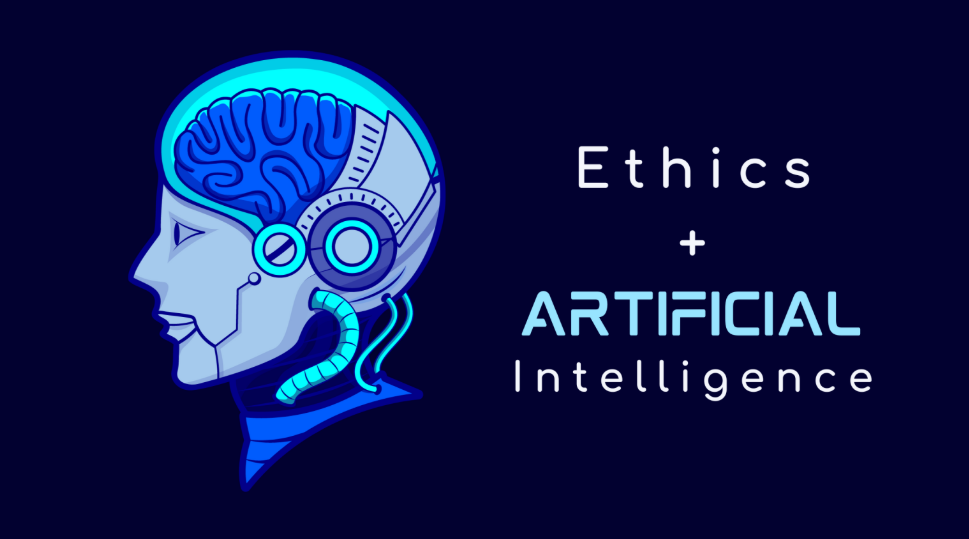Augmented reality experiences are becoming increasingly sophisticated and widespread.
As AI systems power these immersive technologies, important ethical questions emerge.
These questions go beyond technical capabilities to fundamental human values.
The decisions made today will shape how AR influences our society tomorrow.
While innovation races forward, ethical considerations often struggle to keep pace.
This gap creates both risks and responsibilities for developers and organizations.
Privacy in an Always-Watching World
AR applications rely on constant environmental scanning and data collection.
Cameras capture not just users but bystanders who never consented to participation.
Facial recognition in public spaces raises profound privacy questions.
Users may not fully understand what personal data AR systems are gathering.
The boundaries between public and private space become blurred.
As discussed on AR Marketing Tips, brands must balance personalization with privacy protection.
Even anonymized data can often be re-identified through pattern analysis.
Bias and Representation Challenges
AI systems learn from existing data, inheriting historical biases.
AR experiences may inadvertently reinforce stereotypes or exclude certain groups.
Facial recognition algorithms often perform poorly across different demographics.
Virtual avatars and characters may default to limited representation patterns.
These biases shape how users perceive both the digital and physical worlds.
What begins as technical oversight can manifest as real social harm.
Creating truly inclusive AR requires deliberate, proactive approaches.
Informed Consent and User Agency
Users often agree to terms without understanding their implications.
Complex data practices are hidden behind simple “I agree” buttons.
The immersive nature of AR can make manipulative practices more effective.
Users may not realize how their behavior is being tracked or influenced.
Meaningful consent requires genuine understanding and choice.
The power imbalance between users and developers raises ethical concerns.
True agency requires transparency and control over personal data.
The Reality Distortion Effect
AR can subtly alter our perception of the physical world.
These alterations may influence decisions without users being fully aware.
Commercial interests could exploit this influence for marketing purposes.
Political or ideological content might shape worldviews through subtle AR cues.
The line between enhancement and manipulation becomes increasingly blurred.
Who decides what reality we experience when it’s algorithmically mediated?
The psychological impacts of extended reality distortion remain poorly understood.
Digital Divides and Accessibility
Advanced AR technologies require expensive hardware and fast connections.
This creates new dimensions of inequality in information access.
Some populations may be excluded from increasingly essential AR services.
Accessibility features for disabled users remain inconsistent across platforms.
Cultural contexts influence how AR interfaces are understood and used.
Equitable design requires consideration of diverse user needs from the start.
Technical choices have profound implications for who benefits from AR.
Addiction and Psychological Well-being
Immersive technologies can be designed to maximize engagement.
This engagement-focused design may contribute to addictive behavior patterns.
Extended AR use might diminish real-world social interactions.
The long-term psychological effects remain inadequately studied.
Children and vulnerable populations may be particularly susceptible.
Responsible design prioritizes genuine wellbeing over engagement metrics.
The most ethical experiences respect cognitive and attentional limits.
Security Vulnerabilities and Risks
AR systems with inadequate security expose users to significant risks.
Malicious actors could manipulate what users see in potentially dangerous ways.
Location data could enable physical stalking or harassment.
AR interfaces might be spoofed to mislead users.
Security vulnerabilities could compromise sensitive environmental data.
The stakes for security failures increase as AR becomes more integrated into daily life.
Proactive security measures are an ethical necessity, not a luxury.
Transparency and Explainability
Complex AI systems often function as inscrutable “black boxes.”
Users deserve to understand how AR experiences are personalized.
When algorithmic decisions affect opportunities, explanation becomes crucial.
Transparency enables informed trust rather than blind acceptance.
Technical complexity should not prevent meaningful disclosure.
Effective explanations must be accessible to non-technical users.
Independent oversight becomes more difficult without transparency.
Augmented Manipulation and Misinformation
AR creates new vectors for spreading misinformation.
Deepfakes could appear as part of physical environments.
Visual manipulation can bypass critical thinking more easily than text.
Context collapse makes verification more challenging.
The visceral nature of AR experiences can make misinformation more persuasive.
Social media has shown how rapidly false information can spread.
AR could significantly amplify these existing challenges.
Responsibility Across the Ecosystem
Ethics isn’t the responsibility of developers alone.
Platforms, hardware manufacturers, and content creators all shape outcomes.
Regulatory frameworks remain underdeveloped for AR-specific concerns.
Self-regulation has significant limitations without accountability.
Users themselves play a role in demanding ethical standards.
Meaningful progress requires collaboration across the entire ecosystem.
Ethical considerations must be built into development processes from the beginning.
Ethical Frameworks for Moving Forward
Several practical approaches can help navigate these complex questions.
Ethics advisory boards provide valuable diverse perspectives.
Impact assessments identify potential harms before they occur.
User testing across diverse populations reveals unforeseen issues.
Clear ethical principles guide difficult design decisions.
Continuous monitoring catches emerging problems.
These frameworks must evolve alongside the technology itself.
Conclusion
The ethical implications of AI in augmented reality extend far beyond technical considerations.
They touch on fundamental questions about privacy, equality, autonomy, and human wellbeing.
The most successful AR implementations will be those that thoughtfully address these concerns.
Ethics should not be viewed as a constraint on innovation but as essential to creating truly valuable experiences.
As AR becomes increasingly integrated into daily life, the stakes for getting these questions right continue to rise.
By embracing ethical considerations as central to development, we can create augmented realities that genuinely enhance human experience rather than undermine it.
The future of AR will be shaped not just by what’s technically possible, but by the ethical choices we make along the way.





